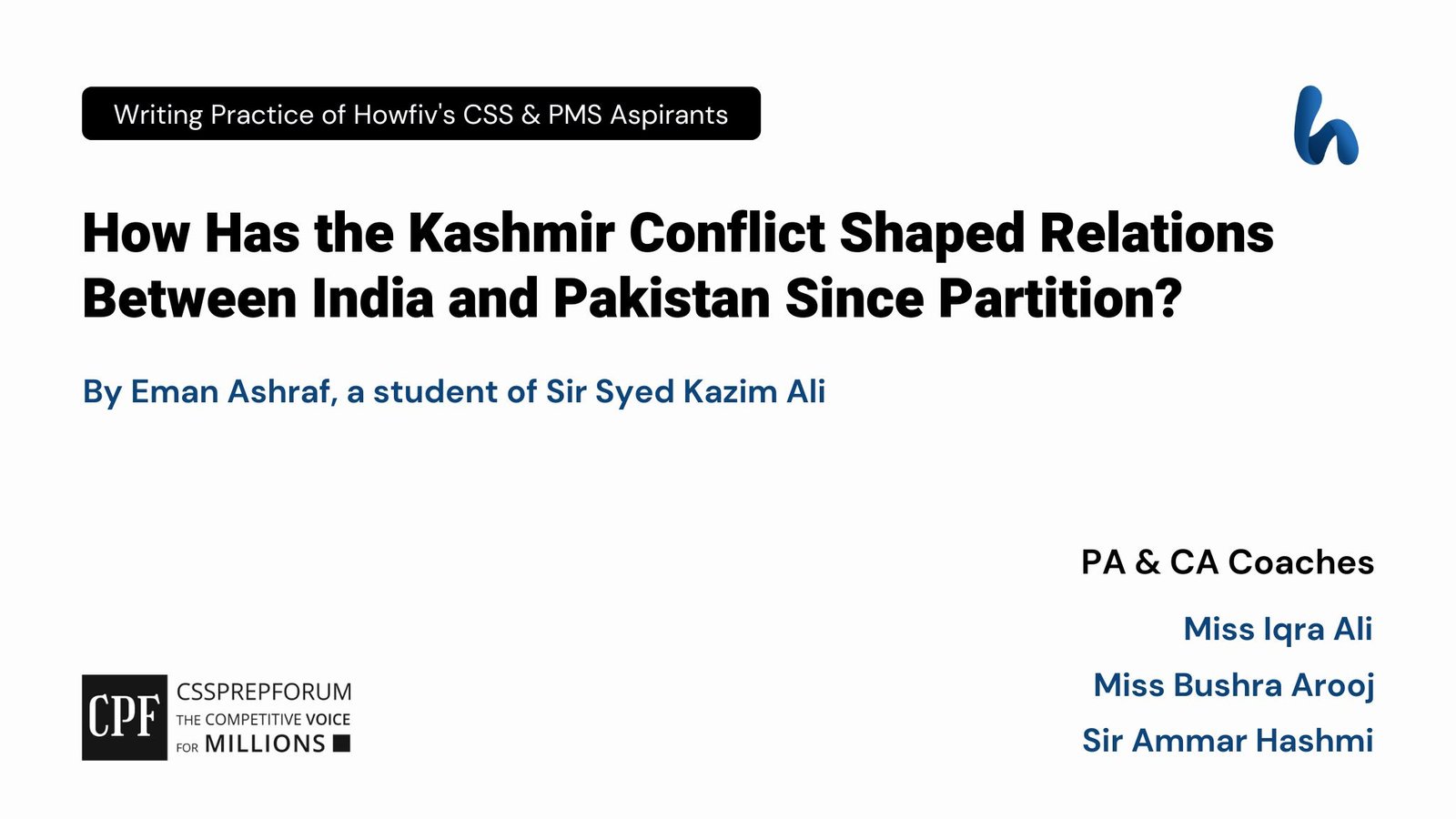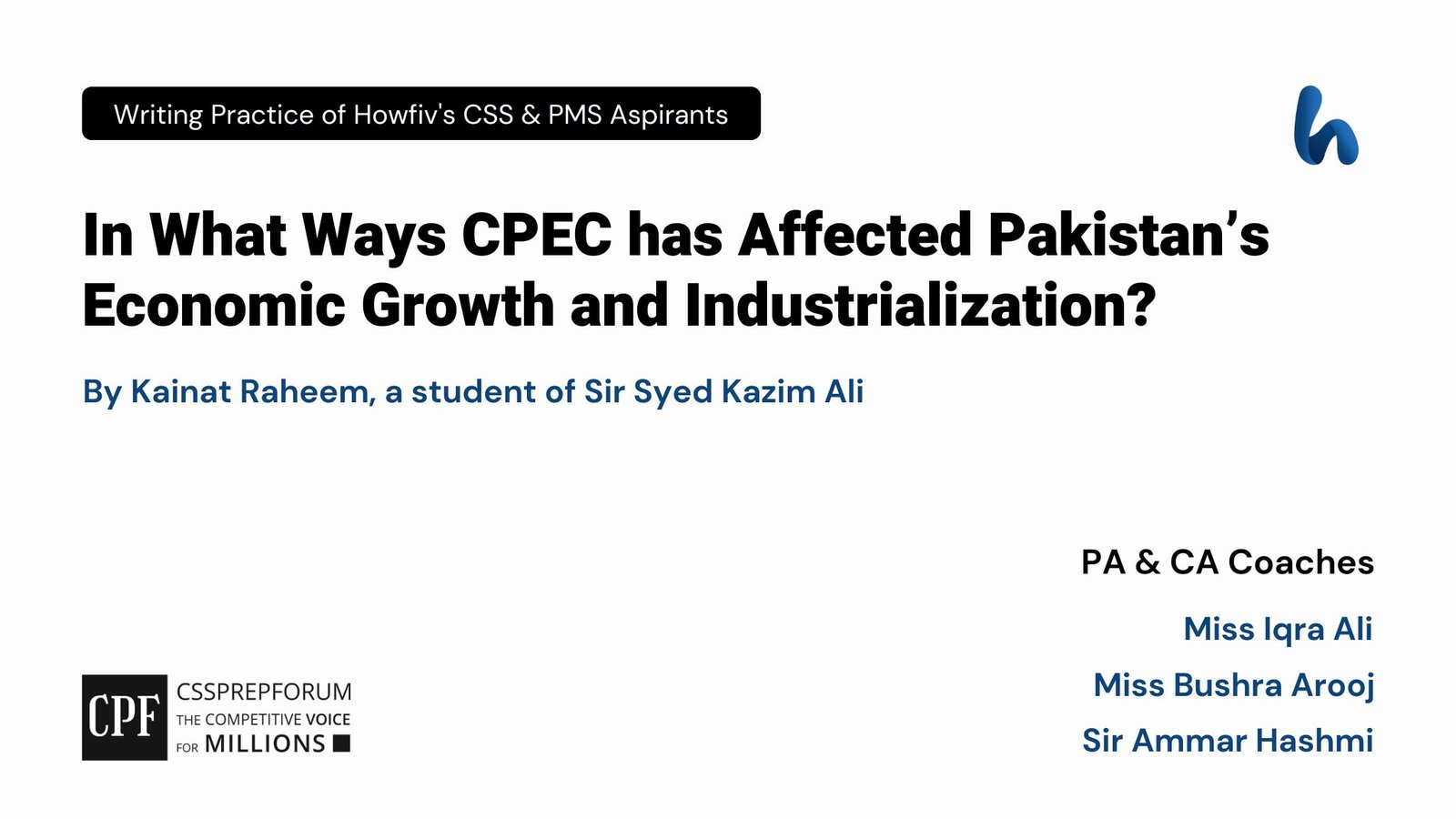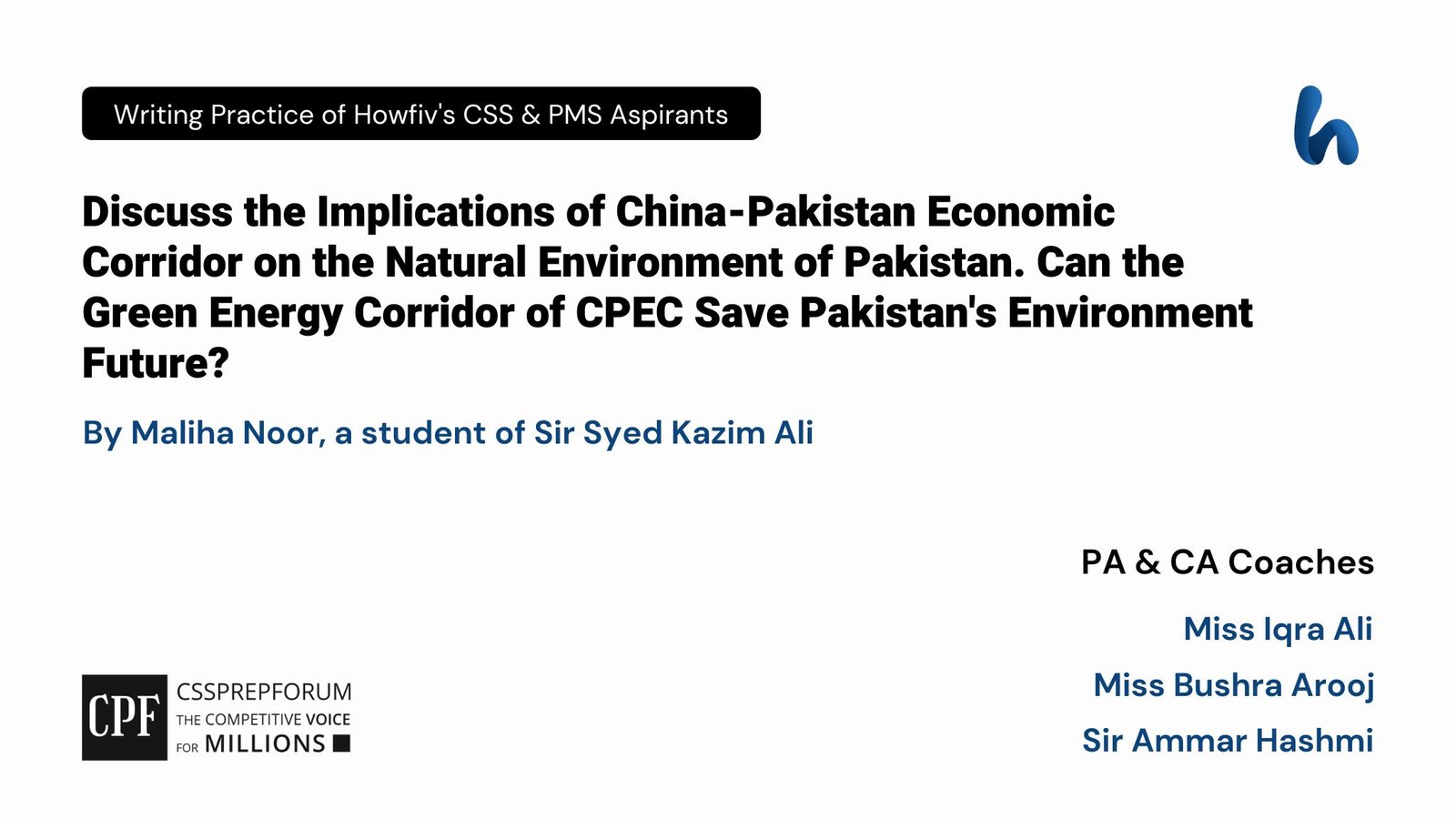CSS Solved Environmental Science Past Papers | What are sustainable approaches for solid waste management?
The following question of Environmental Science is attempted on the same pattern, taught by Sir to his students, scoring the highest marks in compulsory subjects for years. This solved past paper question is uploaded to help aspirants understand how to crack a topic or question, how to write relevantly, what coherence is, and how to include and connect ideas, opinions, and suggestions to score the maximum.

Question Breakdown:
In this question, examiner asks you to write about sustainable approaches for solid waste management. In this you are supposed to write a brief introduction about solid waste that is the subject matter. After brief introduction, just put your all concentrations to what you are being asked. Make minimum eight to ten points about sustainable approaches for solid waste management. Give relevant examples and case studies too. To grab the attention of examiner, make mind maps and flowcharts of those approaches you are going to discuss in your answer.
OUTLINE
1- Introduction
2- Resource Conservation and Recovery Act (1976)
3- Waste Management Hierarchy
4- Volume Based Management System: A case study of South Korea
5- Managing our wastes: Sustainable approaches
- ✓3R Approach (Reduce, Reuse and Recycle)
- ✓Composting
- ✓Waste to energy (WTE)
- ✓Zero waste
- ✓Landfill mining
- ✓Extended Producer Responsibility (EPR)
- ✓Source separation
- ✓Incineration
6- Conclusion

Answer to the Question
Introduction
Solid waste refers to useless and unwanted products in solid and semisolid forms that are produced by the anthropogenic activities of humans and society. Solid wastes are categorized on the source of their production. Mainly it is divided into two types, Agricultural and human waste, and E-waste. Improper handling of solid waste leads to hazardous impacts not only on human health but also on environmental health. Exposure to this mishandled organic and e-waste results in negative health and development impacts generally in human beings and particularly in children. Therefore; Sustainable approaches to solid waste management aim to minimize the environmental impact of waste and conserve resources. These approaches consider the entire life cycle of products, from production to disposal, and seek to reduce waste and its environmental impact. By keeping an eye on the entire life cycle of products, from production to disposal, and implementing approaches such as reducing, reusing, and recycling; composting; waste-to-energy; zero waste; extended producer responsibility; and source separation, it is possible to minimize waste and its environmental impact. Effective solid waste management is essential for the protection of public health, the preservation of the environment, and the conservation of natural resources. By implementing sustainable approaches, governments, businesses, and individuals can work together to create a more sustainable future and a cleaner planet.
RCRA statement about solid waste
The Resource Conservation and Recovery Act (RCRA) enacted in 1976 is the public law of the United States that provides basic guidelines regarding the disposal of solid waste of all categories. It provides the basic framework of laws for the proper management of waste. It cites that solid waste is any garbage or useless product that is generated as a result of waste treatment plants, agricultural operations, industrial functioning, and from public activities. Improper disposal not only causes environmental degradation but also burst into vector-borne diseases. They include typhoid, dysentery, cholera, onchocerciasis, sand-fly fever and conjunctivitis, and many others.
Waste management hierarchy
A conceptual framework called the waste management hierarchy was created to direct and rank waste management choices at both the individual and organizational levels. Priority is placed on waste prevention, then reuse, recycling, recovery, and disposal. It involves a wide range of administrative and social problems that must be managed and solved first. The waste management hierarchy provides holistic management which analyzes the overall dimensions of a product’s or services’ environmental impact, including the collecting, processing, and manufacturing of raw goods as well as their distribution, application, and disposal. This is typically depicted by a five-tiered inverted pyramid.

The hierarchy was influenced by The Waste Framework Directive (WFD), a European Union directive that aims to create a long-term route toward sustainable waste management, is prompted by this all-encompassing approach to waste management. The waste hierarchy is binding by Article 4 of the WFD, which obliges enterprises and governments in member states to dispose of the trash while taking into account effective waste management techniques.
Volume Based Management System: A case study of South Korea
The Republic of Korea (South Korea) has consistently ranked first among OECD (Organization for Economic Cooperation and Development) members for its rate of recycling of municipal solid waste (MSW) since the early 2000s. The volume-based waste fee system (VWF), has been attributed with greatly enhancing recycling performance. Recent studies have shown that there is a close relationship between VWF and MSW recycling rates. The volume-based waste fee system (VWF) is without a doubt the most noteworthy feature of Korean waste management policy, according to the Ministry of Environment (MOE) of South Korea.
Managing our wastes: Sustainable Approaches
Solid waste management is a broad field that entails monitoring garbage generation, storage, transfer, and disposal in the most hygienic ways possible. Although solid waste management has many advantages, it is now time for eco-friendly approaches. These methods allow us to protect our environment in a plethora of ways. Some of the most sustainable approaches are discussed here. Let’s start one by one.
- ✓3R approach
The “Reduce, Reuse, Recycle” (also known as the “3 Rs”) is a waste hierarchy that prioritizes actions aimed at reducing waste, extending the life of products, and conserving natural resources. The three steps are:
1- Reduce:
This involves reducing the amount of waste generated through practices such as purchasing products with minimal packaging, choosing products made from durable materials, and avoiding disposable items.
2- Reuse:
This involves using products for as long as possible and finding new uses for them instead of disposing of them. Examples include using reusable water bottles, cloth shopping bags, and repairing broken items.
3- Recycle:
This involves transforming waste into new materials or products through processes such as collection, sorting, and processing. Recycling conserves natural resources and reduces greenhouse gas emissions by avoiding the extraction and processing of raw materials.
In the US, recycling of paper and paperboard, at around 44.2 million tons, contributed the most to the overall decrease of 148 MMTCO2E in municipal solid trash in 2017. This is comparable to taking more than 31 million vehicles off the road for an entire year. Recycling eliminates eco-destructive methods and improves the quality of life on earth.
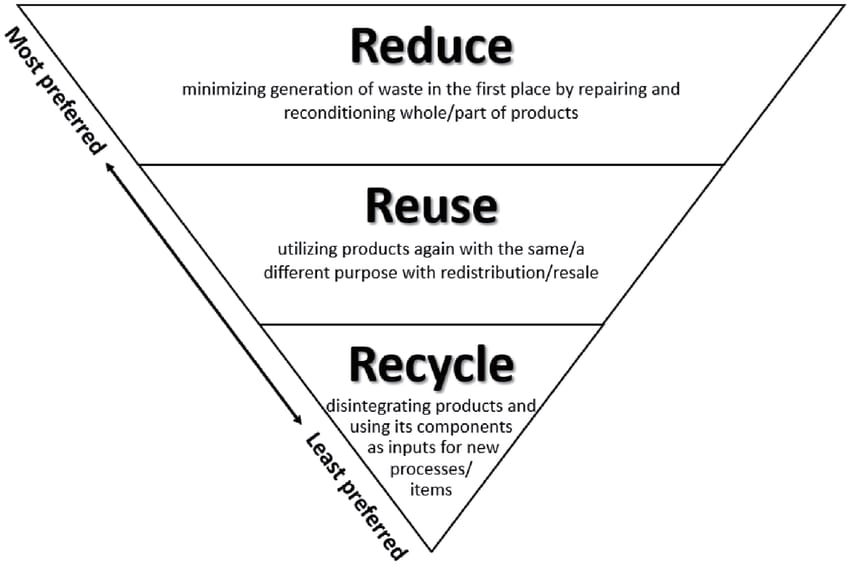
Implementing the “Reduce, Reuse, Recycle” approach helps to conserve natural resources, reduce waste, and minimize environmental impacts associated with waste disposal.
- ✓Composting
Composting is a natural process that converts organic waste, such as yard trimmings and food scraps, into a nutrient-rich soil amendment known as compost. Composting can be done on a small scale in a backyard compost bin or on a larger scale at a community composting facility. The composting process involves mixing organic waste with other carbon-rich materials, such as leaves and sawdust, to provide the necessary carbon-to-nitrogen ratio for the microbes that break down the organic matter. Moisture, air, and proper mixing are also important for successful composting. According to a World Bank report over 50 percent of an average developing country city’s municipal solid waste stream could be effectively composted. It’s a sustainable practice that can be integrated into various aspects of daily life, including gardening, agriculture, and even municipal solid waste management.
- ✓Waste-To-Energy
Waste-to-energy (WTE) is a process of generating energy from waste, typically by burning it in an incinerator. This process can convert waste into steam, which can then be used to generate electricity. WTE is also criticized for its high capital costs, the potential for pollution, and for being a form of waste disposal rather than a true form of waste reduction. It’s also important to consider that waste-to-energy is not a substitute for recycling, as valuable materials such as metals, glass, and certain plastics are lost in the process. A case study from the USA states that waste-to-energy plants reduce 2,000 pounds of garbage to ash that weighs between 300 pounds and 600 pounds, and they reduce the volume of waste by about 87%. The most common waste-to-energy system is the mass-burn system illustrated below
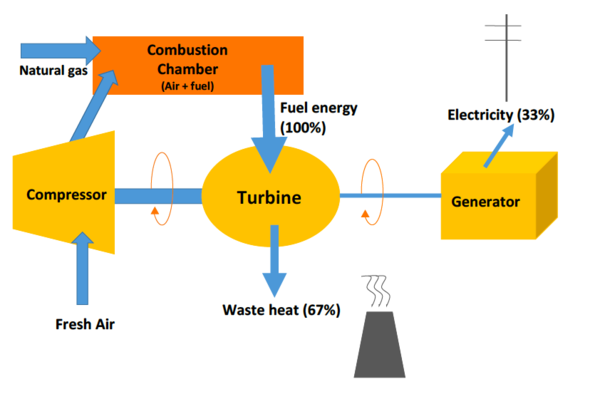
- ✓Zero Waste
Zero waste is a philosophy and a goal aimed at reducing the amount of waste generated by individuals, organizations, and communities to zero. The zero-waste approach emphasizes reducing waste at the source, by choosing products with minimal packaging, purchasing products made from durable materials, and avoiding disposable items. It also encourages reusing products, such as using cloth bags instead of disposable plastic bags, and recycling materials to minimize the amount of waste sent to landfills. Implementing a zero-waste approach requires a systemic change, involving changes in consumer behavior, product design, and waste management systems. It requires collaboration between individuals, businesses, and governments to create a culture of waste reduction and resource conservation.
- ✓Landfill mining
Landfill mining is the process of excavating and processing waste material from a landfill to recover resources and reduce the volume of waste in the landfill. This can involve removing the waste, sorting it, and extracting recyclables and other valuable materials such as metals and glass. The remaining waste can then be compacted and covered, reducing the amount of space needed for disposal. It also helps to recover valuable materials that might otherwise be lost, such as metals and plastics.
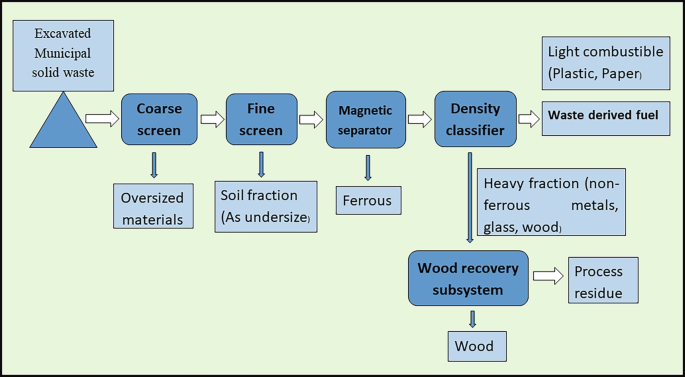
Landfill mining can be a sustainable approach to solid waste management; however, it should be approached with caution and with proper consideration of the potential risks and costs involved.
- ✓Extended Producer Responsibility
Extended Producer Responsibility (EPR) is a policy approach that makes producers responsible for the waste generated by their products at the end of their life. EPR aims to shift the responsibility for waste management from taxpayers and local governments to the producers of products and packaging. Under an EPR program, producers are responsible for the collection, recycling, and disposal of their products, either through their programs or partnerships with waste management organizations. This helps to ensure that products are designed with recycling and waste reduction in mind, and it creates incentives for producers to reduce the environmental impact of their products.
- ✓Source Separation
Source separation is a waste management approach in which waste is separated at the source, or where it is generated, into different categories based on its composition. The separated waste is then managed differently, depending on its type and composition, to maximize its potential for recycling, composting, or energy recovery. By separating the waste into different categories, it is possible to reduce the contamination of recyclables, increase the quality of compost, and minimize the environmental impact of waste disposal.

The source separation mechanism requires public education and the development of adequate collection, sorting, and processing infrastructure.
- ✓Incineration
Incineration is a waste management process in which waste is burned at high temperatures to convert it into ash, gases, and heat energy. Incineration is used to manage a variety of waste streams, including municipal solid waste, hazardous waste, and medical waste. Modern incinerators use pollution control technologies, such as scrubbers and filters, to minimize emissions of air pollutants and greenhouse gases. Incineration can be a useful tool for managing certain types of waste, but it should be used in conjunction with other waste management methods, such as recycling and composting, to minimize its environmental impact.
Conclusion
To cut a long story short, waste management is a challenging procedure. It requires utmost care to handle it in the best eco-friendly manner. Sustainable approaches to solid waste management play a critical role in reducing the environmental impact of waste and conserving resources. Effective solid waste management is essential for the protection of public health, the preservation of the environment, and the conservation of natural resources. By implementing sustainable approaches, governments, businesses, and individuals can work together to create a more sustainable future and a cleaner planet.
CSS Solved Past Papers’ Essays
Looking for the last ten years of CSS and PMS Solved Essays and want to know how Sir Kazim’s students write and score the highest marks in the essays’ papers? Then, click on the CSS Solved Essays to start reading them.
CSS Solved Essays

CSS Solved General Science & Ability Past Papers
Want to read the last ten years’ General Science & Ability Solved Past Papers to learn how to attempt them and to score high? Let’s click on the link below to read them all freely. All past papers have been solved by Miss Iqra Ali & Dr Nishat Baloch, Pakistan’s top CSS GSA coach having the highest score of their students.
General Science & Ability Solved Past Papers
CSS Solved Pakistan Affairs Past Papers
Want to read CSS Pakistan Affairs Solved Past Papers and learn how to attempt them to score high? Let’s click on the link below to read them all freely. All past papers’ questions have been attempted by Sir Kazim’s students, who scored the highest in the subject.
CSS Solved Pakistan Affairs
CSS Solved International Relations’ Past Papers
Have you opted for International Relations in the CSS examination and want to score above 150? Then, click on the CSS Solved International Relations’ Past Papers by Miss Abeera Fatima, the top IR scorer and the best IR coach in Pakistan.
CSS Solved International Relations Past Papers
Articles Might Interest You!
The following are some of the most important articles for CSS and PMS aspirants. Click on any to start reading.


